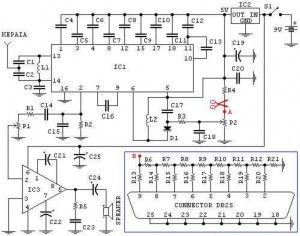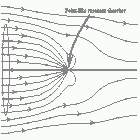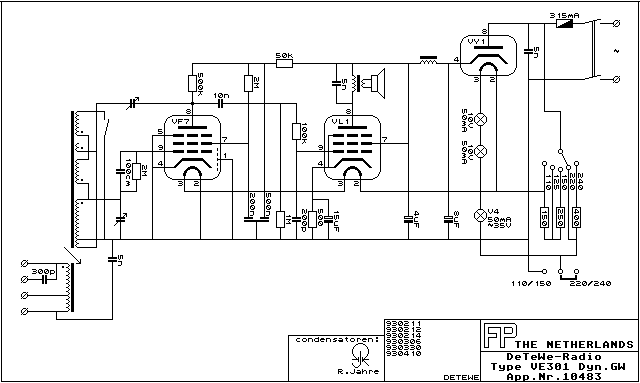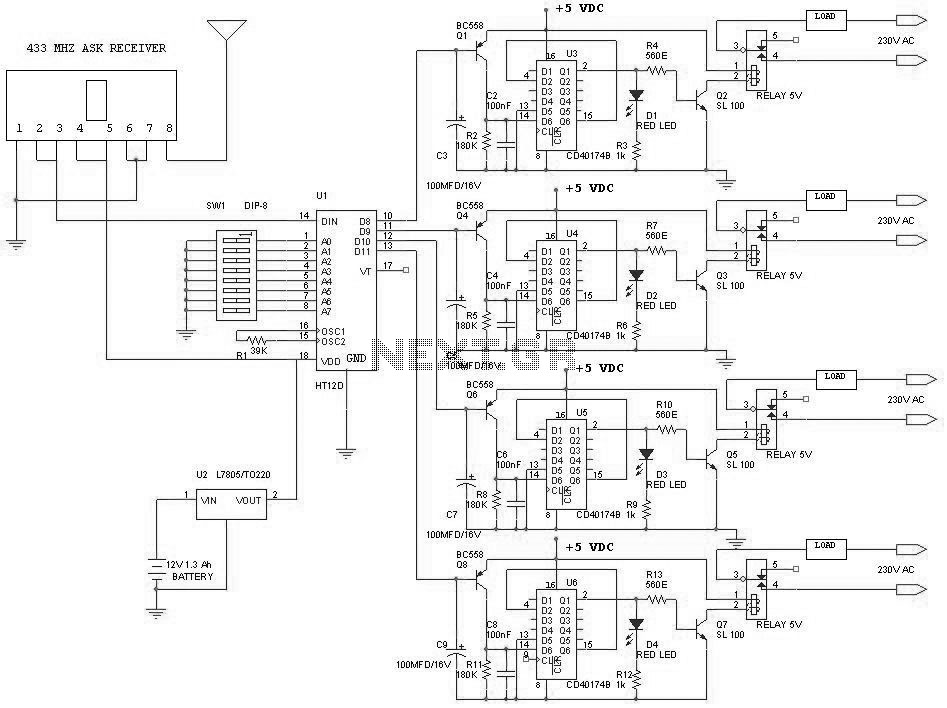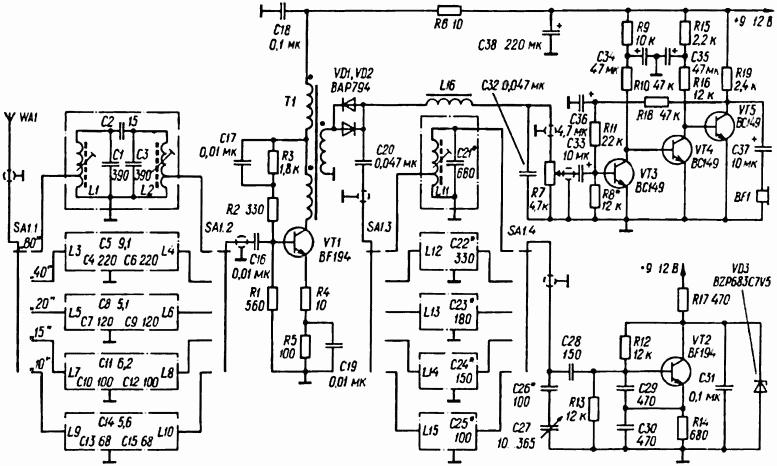
fm radio jammer
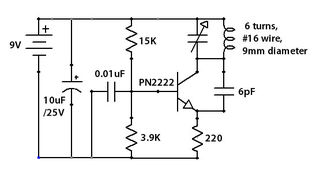
This is highly illegal. As a consumer, compliance with Part 15 of the rules and regulations is mandatory. Part 15 stipulates that a device must accept any interference it receives and must not cause harmful interference, such as jamming an FM signal. Jamming FM signals is particularly risky because nearly all radio stations operate under licenses. When an entity is licensed, they can impose significant fines for violations.
Part 15 of the Federal Communications Commission (FCC) regulations is designed to ensure that electronic devices operate without causing interference to licensed communication services. Devices that fall under this regulation, such as unlicensed transmitters and certain consumer electronics, must be engineered to accept interference from other devices and must not emit signals that disrupt licensed communications.
In practical terms, this means that any device that transmits radio frequencies must be carefully designed to avoid causing interference with FM radio stations and other licensed services. The design must include adequate filtering and shielding to minimize the potential for harmful emissions. Additionally, the device must be tested to confirm compliance with the specified limits of electromagnetic interference (EMI).
The consequences of failing to comply with Part 15 can be severe. Licensed operators, such as radio stations, have the legal right to report violations, which can lead to regulatory fines and potential legal action. Therefore, it is crucial for manufacturers and consumers alike to understand the implications of these regulations and to ensure that their devices are compliant to avoid legal repercussions and maintain the integrity of licensed communication channels.This is VERY illegal. As a consumer, you MUST comply with part 15 of the rules and regulations. Part 15 states that your device must accept any interference received, and it cannot cause any harmful interference. (Such as jamming an FM signal. ) It is even more dangerous when you are jamming FM, since pretty much all radio stations are licensed.
Wh en anyone is licensed, they can whack you with so many fines, it isn`t even funny. 🔗 External reference
Part 15 of the Federal Communications Commission (FCC) regulations is designed to ensure that electronic devices operate without causing interference to licensed communication services. Devices that fall under this regulation, such as unlicensed transmitters and certain consumer electronics, must be engineered to accept interference from other devices and must not emit signals that disrupt licensed communications.
In practical terms, this means that any device that transmits radio frequencies must be carefully designed to avoid causing interference with FM radio stations and other licensed services. The design must include adequate filtering and shielding to minimize the potential for harmful emissions. Additionally, the device must be tested to confirm compliance with the specified limits of electromagnetic interference (EMI).
The consequences of failing to comply with Part 15 can be severe. Licensed operators, such as radio stations, have the legal right to report violations, which can lead to regulatory fines and potential legal action. Therefore, it is crucial for manufacturers and consumers alike to understand the implications of these regulations and to ensure that their devices are compliant to avoid legal repercussions and maintain the integrity of licensed communication channels.This is VERY illegal. As a consumer, you MUST comply with part 15 of the rules and regulations. Part 15 states that your device must accept any interference received, and it cannot cause any harmful interference. (Such as jamming an FM signal. ) It is even more dangerous when you are jamming FM, since pretty much all radio stations are licensed.
Wh en anyone is licensed, they can whack you with so many fines, it isn`t even funny. 🔗 External reference
